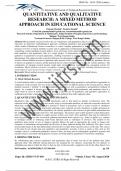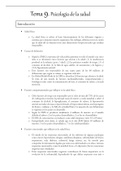College aantekeningen
Nursing book
- Vak
- Instelling
- Boek
Lecture notes study book Community/Public Health Nursing Online for Stanhope and Lancaster, Public Health Nursing (Access Code and Textbook Package) of Marcia Stanhope, Jeanette Lancaster - ISBN: 9780323371421 (Chfb)
[Meer zien]




